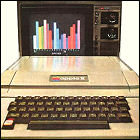 Apple Computer introduces the Apple II home computer system, a pre-built 4K computer (with an optional upgrade to 48K) capable of displaying color graphics on a TV or monitor, and storing programs on either cassette or floppy disk. The computer ships with an implementation of BASIC written by Steve Wozniak, with an optional pair of paddle controllers for games. The system also has an open architecture, with space for expansion cards (and no restriction on what cards can be developed, or by whom).
Apple Computer introduces the Apple II home computer system, a pre-built 4K computer (with an optional upgrade to 48K) capable of displaying color graphics on a TV or monitor, and storing programs on either cassette or floppy disk. The computer ships with an implementation of BASIC written by Steve Wozniak, with an optional pair of paddle controllers for games. The system also has an open architecture, with space for expansion cards (and no restriction on what cards can be developed, or by whom). ![]()

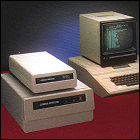 Corvus Systems introduces its Winchester hard disk drive for the Apple II computer, available with five or ten megabytes of storage. A bulky device requiring its own power supply independent of the computer to which it’s connected, the Winchester drive carries a $5,000 price tag and an unconventional data backup system, Corvus Mirror, which uses videocassettes (also a fairly new technology). As the investment in this new mass storage technology is fairly daunting, Corvus will introduce a networking system the following year to allow multiple computers access to a single hard drive.
Corvus Systems introduces its Winchester hard disk drive for the Apple II computer, available with five or ten megabytes of storage. A bulky device requiring its own power supply independent of the computer to which it’s connected, the Winchester drive carries a $5,000 price tag and an unconventional data backup system, Corvus Mirror, which uses videocassettes (also a fairly new technology). As the investment in this new mass storage technology is fairly daunting, Corvus will introduce a networking system the following year to allow multiple computers access to a single hard drive.
 Microsoft enters the computer hardware business with a Z80 processor card for the Apple II computer. This peripheral allows the Apple II to run the CP/M operating system and Microsoft BASIC (the Apple II is well on its way to dominating the home computer market at this point). Selling it for nearly $350 is responsible for bringing in the bulk of Microsoft’s revenue between now and the introduction of Microsoft DOS for the IBM PC.
Microsoft enters the computer hardware business with a Z80 processor card for the Apple II computer. This peripheral allows the Apple II to run the CP/M operating system and Microsoft BASIC (the Apple II is well on its way to dominating the home computer market at this point). Selling it for nearly $350 is responsible for bringing in the bulk of Microsoft’s revenue between now and the introduction of Microsoft DOS for the IBM PC.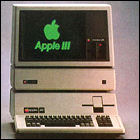 Apple Computer introduces the newest upgrade of its Apple II architecture, the oversized Apple III computer, aimed squarely at the business computing market that Apple has stumbled into as a result of VisiCalc‘s success. The monolithic machine suffers from technical problems from the outset, resulting in recalls and repairs to most early adopters’ Apple III units. With barely 100,000 units sold over three years, Apple pulls the Apple III off the market before 1984 is out.
Apple Computer introduces the newest upgrade of its Apple II architecture, the oversized Apple III computer, aimed squarely at the business computing market that Apple has stumbled into as a result of VisiCalc‘s success. The monolithic machine suffers from technical problems from the outset, resulting in recalls and repairs to most early adopters’ Apple III units. With barely 100,000 units sold over three years, Apple pulls the Apple III off the market before 1984 is out.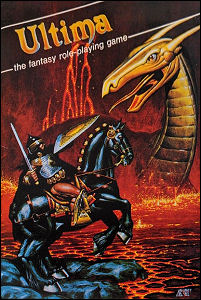 California Pacific Computer releases the computer role playing game game
California Pacific Computer releases the computer role playing game game  Wargame publisher Avalon Hill’s subsidiary Microcomputer Games Inc. releases the
Wargame publisher Avalon Hill’s subsidiary Microcomputer Games Inc. releases the 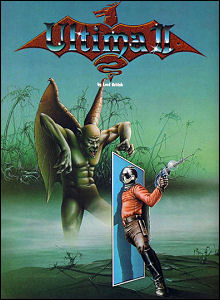 Sierra releases the computer role playing game game
Sierra releases the computer role playing game game 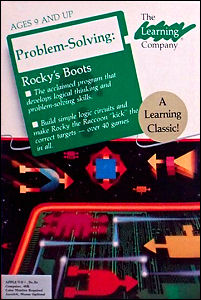 The Learning Company tries on
The Learning Company tries on 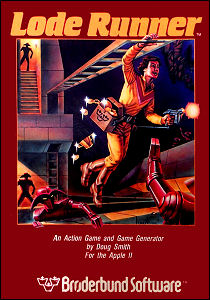 Broderbund Software introduces the earliest versions of
Broderbund Software introduces the earliest versions of  Origin Systems releases the
Origin Systems releases the 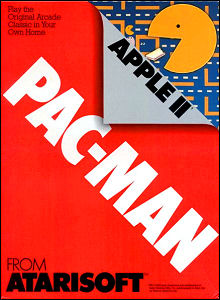 Atari, under its Atarisoft imprint, releases the
Atari, under its Atarisoft imprint, releases the 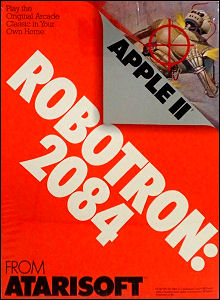 Atari, under its Atarisoft imprint, releases the
Atari, under its Atarisoft imprint, releases the 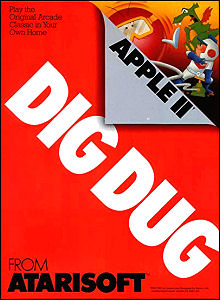 Atari, under its Atarisoft imprint, releases the
Atari, under its Atarisoft imprint, releases the 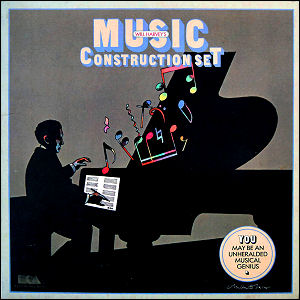 Electronic Arts releases Will Harvey’s Music Construction Set for the Apple II (versions will follow for other systems, such as the Atari home computers and Commodore 64, but the Apple II version is the first released, with users advised that the software works best with the Mockingboard music and audio peripheral).
Electronic Arts releases Will Harvey’s Music Construction Set for the Apple II (versions will follow for other systems, such as the Atari home computers and Commodore 64, but the Apple II version is the first released, with users advised that the software works best with the Mockingboard music and audio peripheral). 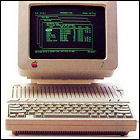 Not quite ready to bring the Apple II line to an end, Apple Computer launches the Apple IIc, a smaller form-factor enhanced Apple IIe specifically designed for portability (an optional LCD monitor – with no backlighting – is also made available on this date). Introduced alongside the IIc is a new Apple operating system, ProDOS, meant to mimic some of the object-oriented features of the Macintosh user interface, as well as an Apple II mouse. Perhaps not surprisingly, Apple also chooses to quietly discontinue support for the Apple III on this date as well.
Not quite ready to bring the Apple II line to an end, Apple Computer launches the Apple IIc, a smaller form-factor enhanced Apple IIe specifically designed for portability (an optional LCD monitor – with no backlighting – is also made available on this date). Introduced alongside the IIc is a new Apple operating system, ProDOS, meant to mimic some of the object-oriented features of the Macintosh user interface, as well as an Apple II mouse. Perhaps not surprisingly, Apple also chooses to quietly discontinue support for the Apple III on this date as well.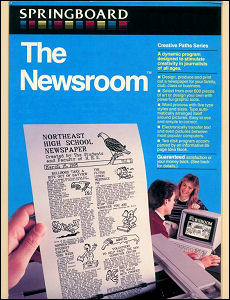 Springboard Software releases
Springboard Software releases  Mindscape releases
Mindscape releases 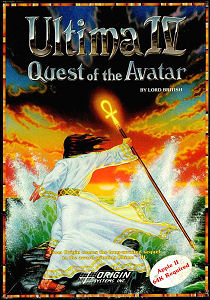 Origin Systems releases the
Origin Systems releases the 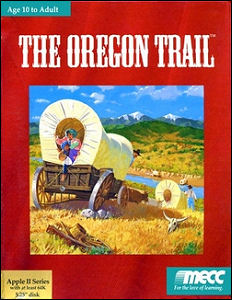 The Minnesota Educational Computing Corporation releases
The Minnesota Educational Computing Corporation releases  Electronic Arts releases the
Electronic Arts releases the  Mindscape releases
Mindscape releases 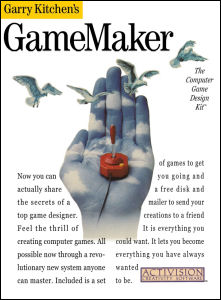 Activision releases the
Activision releases the 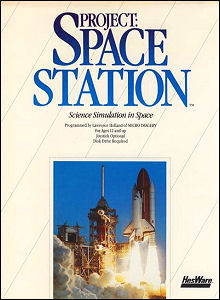 HESware releases the
HESware releases the  Polarware (formerly Penguin Software) releases a remake of the
Polarware (formerly Penguin Software) releases a remake of the  NASA releases
NASA releases  8-Bit Weapon releases
8-Bit Weapon releases 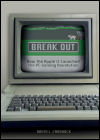 Schiffer publishes David L. Craddock’s non-fictional collection of essays on the stories and creators behind Apple II computer games, “
Schiffer publishes David L. Craddock’s non-fictional collection of essays on the stories and creators behind Apple II computer games, “